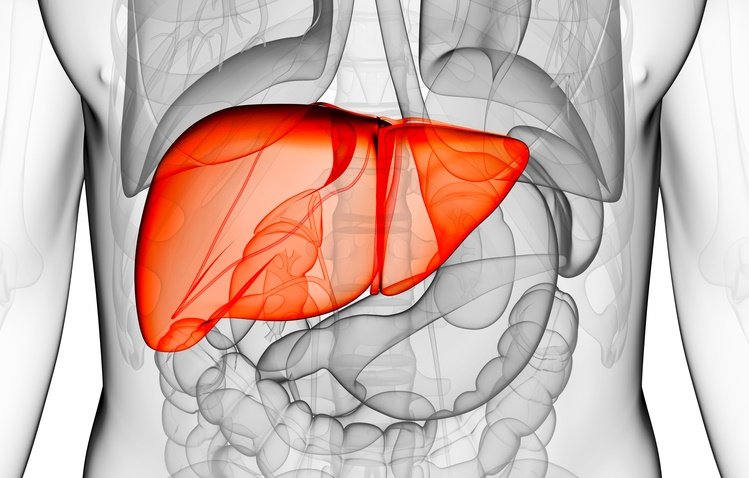5 ways to keep your heart healthy after menopause

While heart disease is often considered a men’s disease, the fact is that it kills more women than breast cancer.

Postmenopausal women are nearly two and a half times more likely to develop cardiovascular disease than their premenopausal sisters.
Cardiologist and chief medical adviser says that heart disease is often considered a disease of old age, but that damage can begin much earlier in life. It is something that women should be aware of and take steps to avoid.
Table of Contents
1. Take a check-up to find out your current health status.
As your risk of heart disease increases with age, taking action now can keep your heart beating for decades to come.
The risk of heart disease increases after the age of 50, so the period near menopause is an excellent time to take stock of our health. Asking a doctor for a heart health check-up now can predict the chances of having a coronary event, and it can be done as part of an annual check-up.
It includes talking about the patient’s family health history and current lifestyle, taking stock of weight, blood pressure, blood sugar, and cholesterol level.
Heart-related problems are often silent.
Many risk factors for heart disease are silent, so unless you actively check them out, you won’t know there is a problem.
2. Make a heart health plan.
Once you’ve identified and assessed your risk, develop a treatment plan with your GP to make sure you stay healthy. This may include setting physical activity goals and eating a proper diet, as well as keeping a regular record of your blood pressure and cholesterol.
If you drink, do so in moderation and talk to a health professional about quitting if you haven’t already. When it comes to diet, it is a question of balance and variety. Avoid salt and refined sugar and limit foods with trans fats.
3. Staying healthy.
Work with your doctor to prevent or treat ongoing medical conditions that can lead to heart disease, such as high blood pressure, high cholesterol, and diabetes. These diseases need to be noted in their early stages and controlled because many are progressive with silent symptoms.
With heart disease, the origins of the disease begin even decades earlier, but there is the possibility of turning things around and preventing it from causing a heart attack.
Diabetes is one of the most important risk factors associated with heart disease, but many women do not realize that they are at risk. We know that there are as many people with undiagnosed diabetes as diagnosed.
The best thing to do is to change your diet habits, completely removing refined sugars, avoiding gluten as much as possible, including a lot of fiber and doing physical activity.
4. Speed up your metabolism.
Midlife metabolic changes are often related to lack of physical activity, the effects of menopause, and general aging.
Weight gain may be experienced during this stage, especially around the waist. Belly fat is the most dangerous type of fat because it settles around the major organs. Maintaining a slim waist through diet and exercise can lower your risk of heart disease.
Many community centers offer fitness classes for seniors, which can be a fun and social way to stay in shape.
It’s never too late to start and see the benefits, but it has to be enjoyable to keep it up.
5. You could consider hormone therapy.
Although menopause is a natural biological process, a decrease in estrogen levels can lead to physical changes that increase the risk of heart disease.
The most common changes include increased blood pressure, increased insulin resistance, and elevated levels of bad cholesterol or low-density lipoprotein.
Changes in the blood vessels also increase the chances of blood clots, further contributing to the risk of heart problems.
Hormone replacement therapy (HRT) can help offset cardiovascular changes in menopause. These types of decisions and alternatives should be consulted with the doctor in order to find the best option for each particular case.


